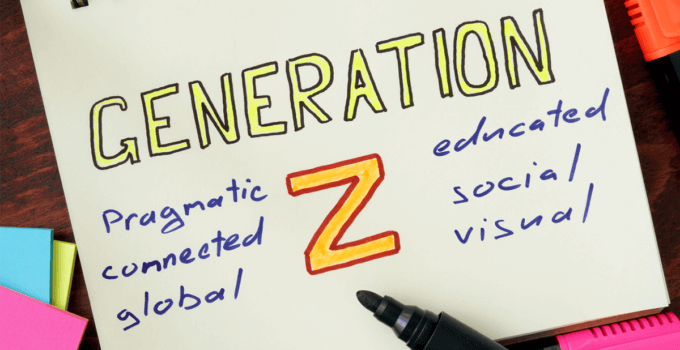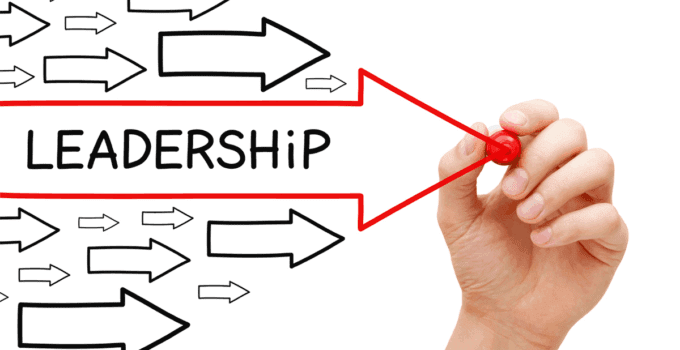To begin, let’s answer the question of this article’s title with a definition from Johns Hopkins University: “Talent Management is a set of integrated organizational HR processes designed to attract, develop, motivate, and retain productive, engaged employees. The goal of talent management is to create a high-performance, sustainable organization that meets its strategic and operational goals and objectives.” Talent management consists of several key management processes that form together, forming somewhat of a cycle. Let’s begin the cycle at obtaining talent. The three categories in this section are workforce planning, recruiting, and onboarding. Workforce Planning Johns Hopkins University describes workforce
A global study by IBM revealed that today’s CIO spends on average 55 percent of his or her time on activities that help spur innovation, a process that is highly reliant on the organization’s business model. Innovation is the key to cultivating organizational development. The folks at Fast Company share three elements that are required for an effective business model, and therefore a more developed organization: a unique central idea that defines who you are, a grasp of future market trends, and profitability from either lower cost base or an offering that cannot be easily copied. Dean Crutchfield of Method,
Managing a variety of generations within the same workplace can be tough without the right tools and tips. A great way to continually develop your organization is to ensure that there is harmony and agreement among all the generations. Bridge the generation gap in your organization with these steps, courtesy of inc.com. Find someone to be the “voice” that communicates millennials’ desires to the former generations, and vice versa. This person should be trusted with the ability to accurately convey the employees’ wishes and concerns. The chosen individual has the responsibility to routinely check up on the communication lines
Every generation is different; they have different strengths and weaknesses, they need to be managed and mentored differently, and they bring different workforce traits to your organization. Knowing their traits will better help you put them in the right role in your company. The newest addition to the workforce is generation z. Categorized as those born between the mid/late 90s and the 2000s, generation z are, in fact, much different from their predecessors the millennials. They also have some similarities to be aware of. Take a look at these comparisons so you can correctly categorize your young workforce. Generation Z
The sun is out, the sky is blue—that means the kids are out, too. Countless generation z’s have just gotten out of school for the summer, and most are probably looking for jobs. But what do they really want, besides some summer cash? We know at least 6 things that the generation z workforce wants—all just as fulfilling as the paycheck they’ll be getting, too. Although they are just getting used to high school, generation z is looking for stability. Career stability, financial stability, money stability, and job stability. They’re looking for a role that isn’t going to throw any
Although more individuals are joining the workforce every day, there are just as many contributing to turnover numbers. The first step of retaining employees is making sure you’ve hired the right ones. A rapidly emerging trend for this is a shift toward cognitive tests. With this pre-employment screening process, organizations are understanding that personality and cognitive testing combined can predict whether the person can learn the job tasks quickly or think critically—all important aspects of employee retention. With the average tenure of a 25 to 34-year-old employee at a mere 3 years, finding a successful job fit, and keeping them
A recent Goldman Sachs infographic defines the Millennial Generation as individuals born between 1980 and 2000. People in this generation have grown up in a world of immense change technologically, economically, and globally. This makes them what Goldman Sachs calls “digital natives;” they were born into technology, so they expect it and thrive better with it. With that said, it can be difficult to obtain and maintain Millennials’ attention. Forty-eight percent of Millennials say that word of mouth is their biggest purchasing motivator; only 17 percent say an ad has compelled them to purchase something. This year’s Inc.com Women’s Summit
Any team worth its weight develops from strong coaching. About 72 percent of the 191 organizations surveyed in Brandon Hall Group’s Team Development and Performance Study said team performance has an extremely positive impact on overall productivity. And who doesn’t want to increase their organization’s productivity? A recent Gallup study revealed 3 tips for developing a top-performing team through leadership coaching, so you can have confidence in your coaching performance and, thereby, your team’s performance. Promote communication at every level. Your team should take advantage of the convenience of keeping open lines of communication throughout all levels and departments. Coach
When it comes to leadership, which do you think is better: authority or influence? According to Fast Company, “a leader who applies influence rather than asserts authority is likelier to succeed.” Why is this? For one, associating with your employees instead of asserting authority over them makes for more communication and gives the employees a feeling of importance and stronger ties with the project of which they are assigned. The second positive effect of influential leadership is that it helps women overcome the double standard that being in charge and giving orders is seen as bossy and demanding, yet considered
A major key of career development is implementing a career assessment in order to develop a plan. The University of Connecticut’s Center for Career Development has provided a 3-step guide for crafting the framework of your career assessment. UConn identifies the three steps as exploring, preparing, and implementing. Exploring It all begins with exploring your values, interests, skills, and how they tie together. Engaging in tasks related to your interests and skills will gradually improve them—identifying these skills is the first step in the career assessment process. Preparing Although honing your skills is a form of preparation, there are










